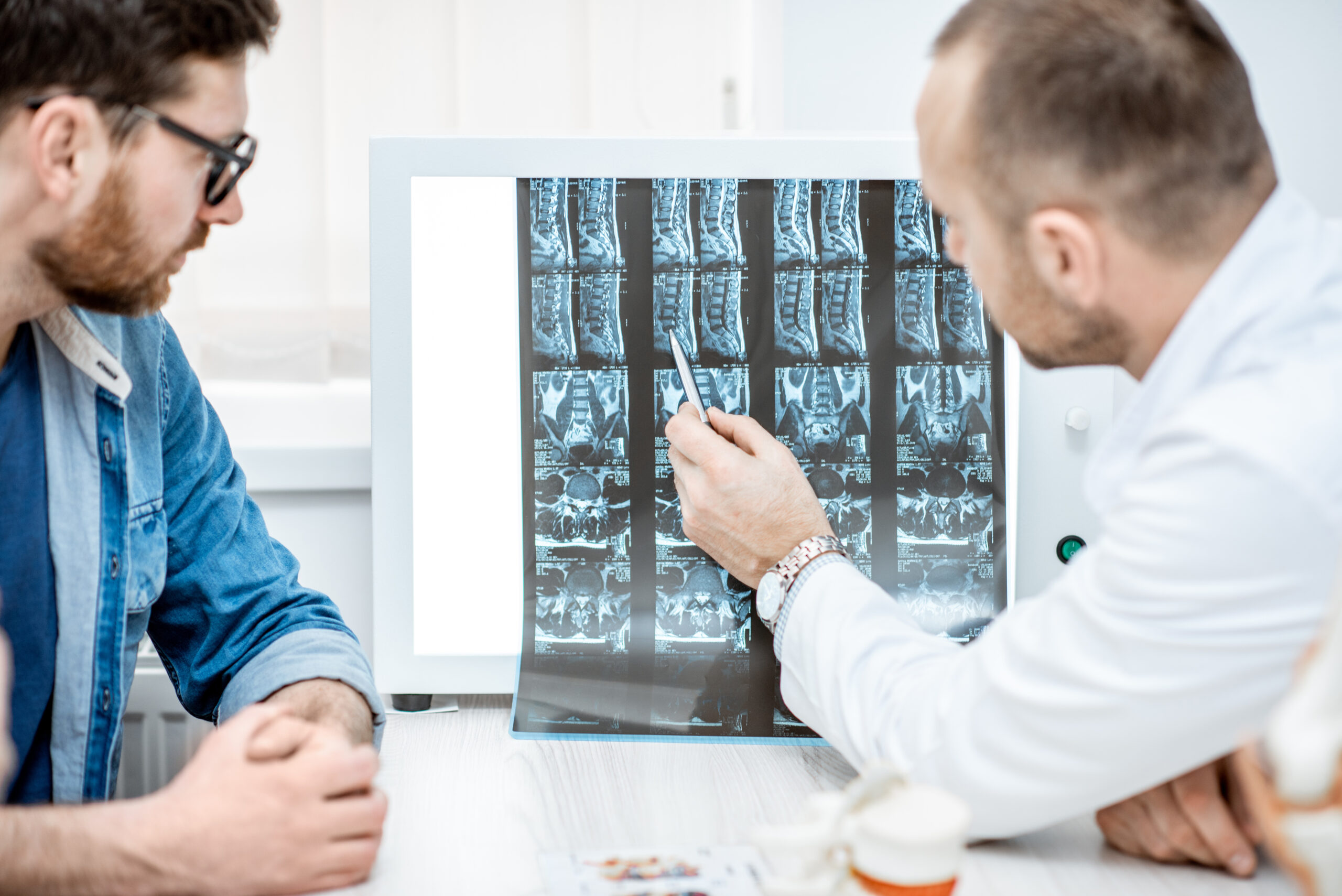Cervical disc replacement has two major advantages over cervical disc fusion: faster recovery and greater range of neck motion. In cervical fusion, the space between the vertebral bones needs to fully heal, which takes months. The bones do not need to fuse after cervical disc replacement, so the recovery takes several weeks, not several months. If you are a candidate for cervical artificial disc replacement, it helps to know what life could be like for your after you recover from the procedure.
What To Expect After Surgery Long Term
Daily Living. Patients who have had long-standing neck and arm pain know all too well what they can’t do. Simple activities of daily living are limited by pain and decreased range of motion in the neck. Most patients notice how much easier it is to drive a car after cervical disc replacement without the pain of turning to see traffic. But even minor tasks like looking at a smartphone, turning to the voice of a friend, or trying to get comfortable in bed need a mobile neck. Long term, cervical disc replacement relieves pain and restores cervical spine mobility so that you can, once again, enjoy the simple pleasures of living life.
Work. Every job is different, but to do any of them well, you need to have a mobile, flexible neck. From long-haul trucker to longshoreman, from nurse to naval officer, from celebrity to stay-at-home dad, cervical disc replacement can retore the cervical mobility you need to get your work done (with little to no pain!).
Exercise. It is hard to imagine an exercise that can be done effectively without a supple neck. Whether it’s stretching, cardio, strength training, or yoga, you will need to be able to turn your neck without pain. Cervical disc replacement relieves pain and restores neck mobility so that you can once again fully participate in your exercise of choice (for those who hate to exercise, sorry about that).
Sports. If exercise is difficult with chronic neck pain and immobility, sports are impossible. Any true sport—from tennis to golf to racquetball to track and beyond—involves turning the head and bending the neck. After cervical fusion, neck movements are necessarily limited because two or more spinal bones are fused together. After cervical replacement, however, the artificial disc acts like the natural joint and allows the spinal bones to bend, twist, and flex relative to each other.
Cervical Disc Replacement Rehabilitation to Active Living
In order to get to the long-term benefits of cervical disc replacement, you need to successfully recover from the surgery, heal properly, and actively participate in rehab. The process starts by choosing an expert cervical disc replacement surgeon. As with any surgery, follow your surgeon’s care instructions as closely as possible and attend all of your follow-up appointments. It’s also important to know what you can and cannot do after cervical disc replacement surgery.
How to have a healthy recovery – The first 2 weeks after cervical disc replacement
- Don’t move your neck excessively
- Don’t lift anything over 5-10 pounds
- Don’t submerge your neck under water (no hot tubs)
- Don’t smoke
- Don’t overdo it on exercise
- Do walk
- Do get plenty of sleep
- Do eat healthfully and hydrate
- Do seek medical attention if you run a high fever or have worsening pain or weakness
- Do attend your first follow-up appointment 1-2 weeks after surgery
How to have a healthy recovery – Beyond 2 weeks after cervical disc replacement
- Don’t smoke (smoking is never a good idea)
- Don’t push yourself beyond your limits
- Don’t take opioid medications for longer than you need them
- Do actively participate in physical therapy
- Do maintain an active, healthy lifestyle
- Do enjoy life with restored cervical spine mobility!
Conclusion
If you are a candidate for cervical disc replacement, the procedure can relieve pain as well as cervical fusion but with faster recovery and greater range of motion in the neck. If you have chronic neck pain and think you may need surgery, speak with an experienced spine surgeon who has broad experience in cervical disc replacement and cervical fusion surgeries so you can maximize your options. If you follow the right path, life after cervical disc replacement can be like life was before chronic neck pain.
Ready to reclaim your life? Get in touch with Dr. Lanman Today.
FOLLOW US ON SOCIAL MEDIA | @ADRSPINE




